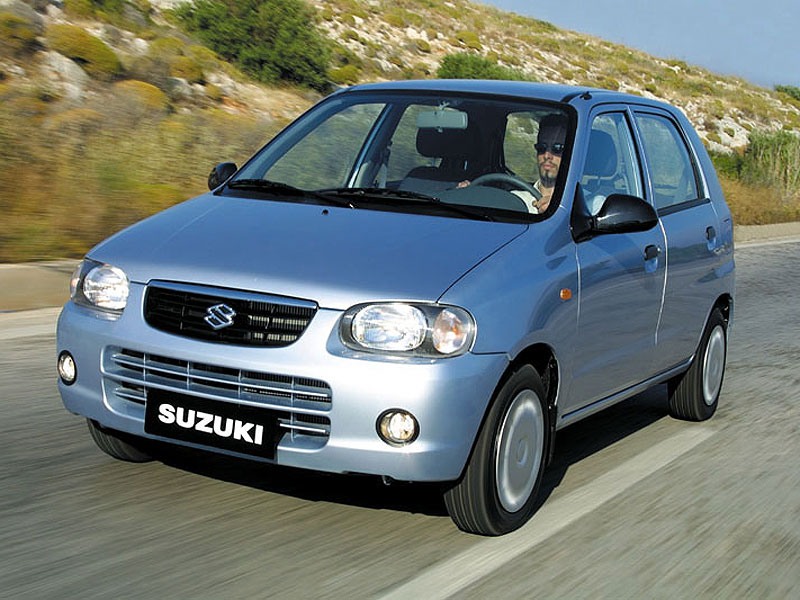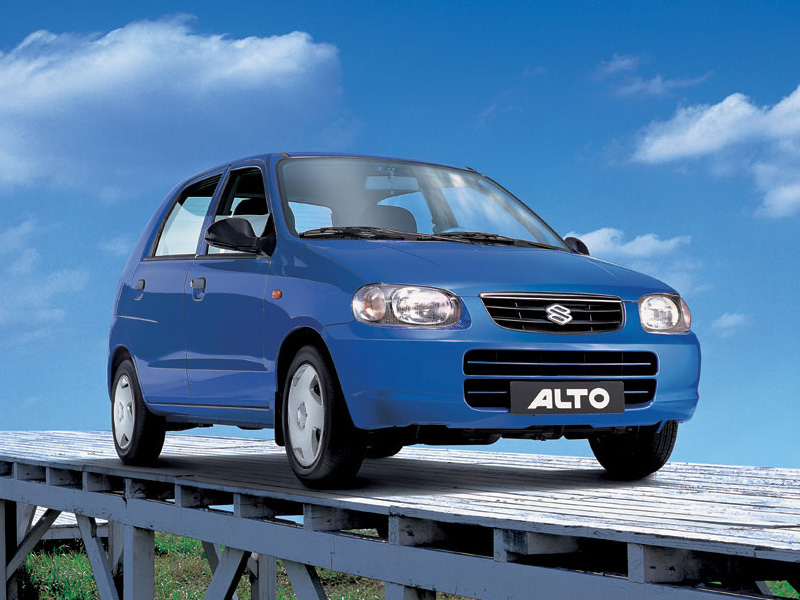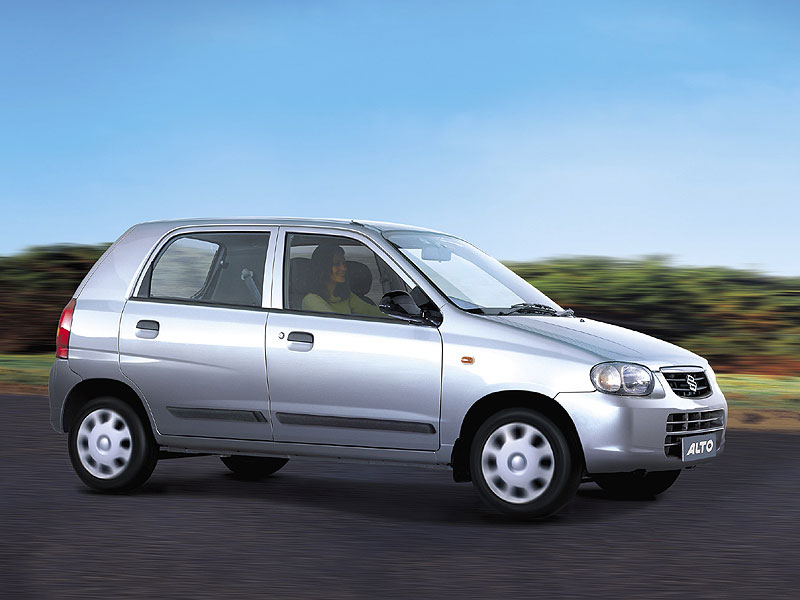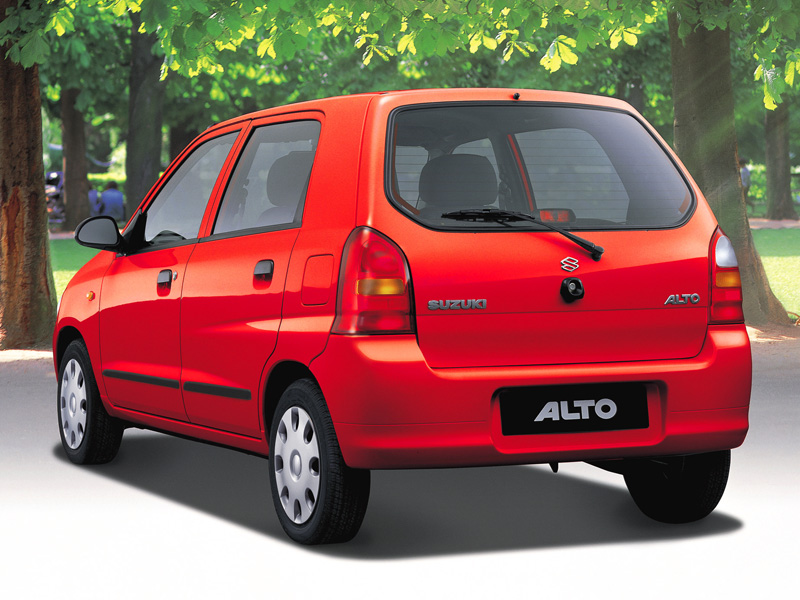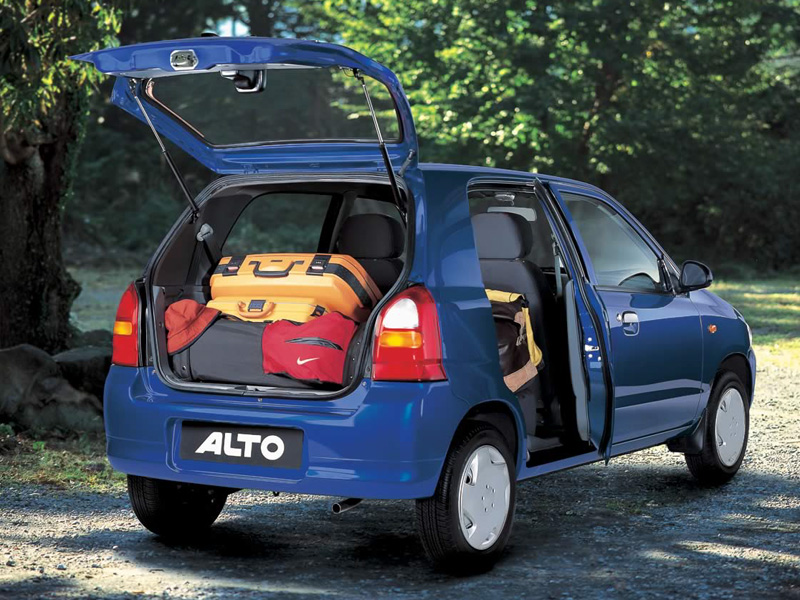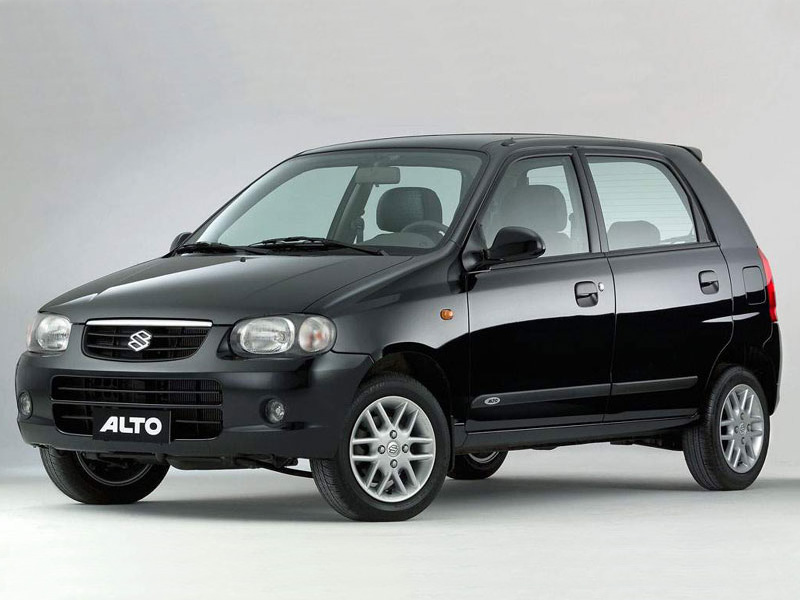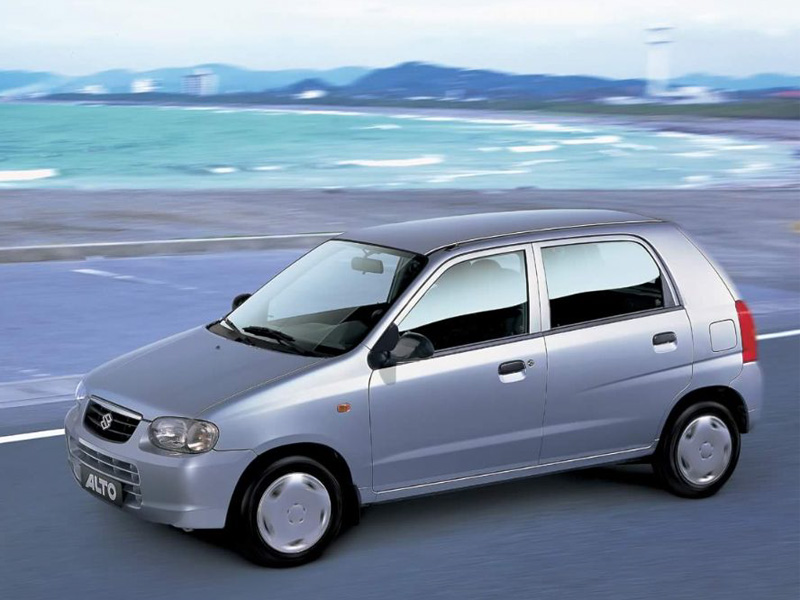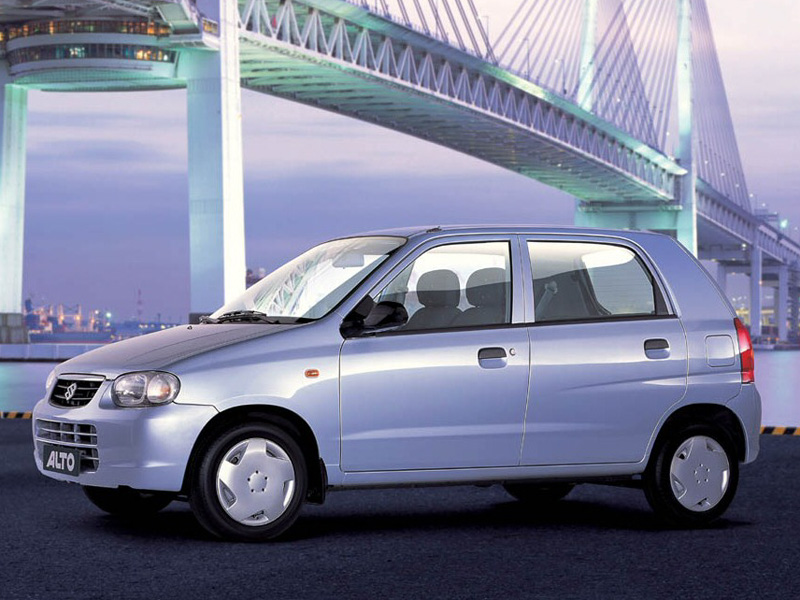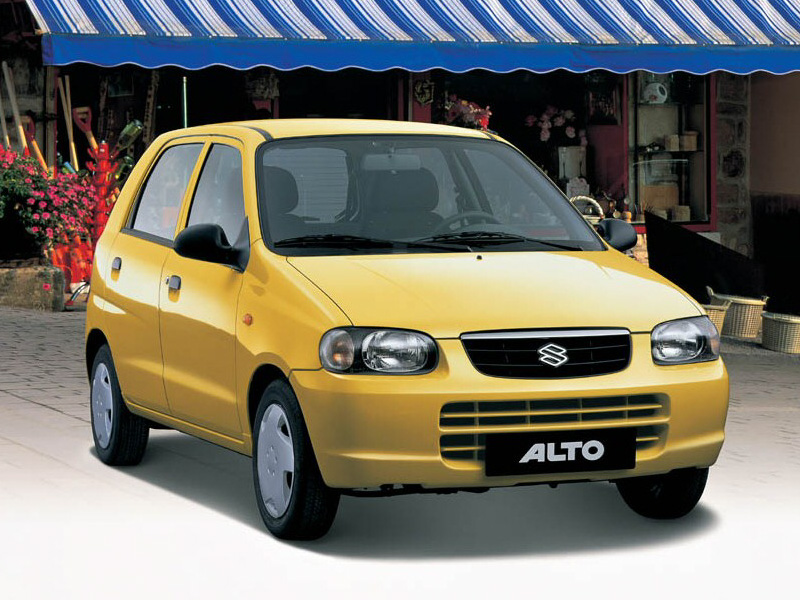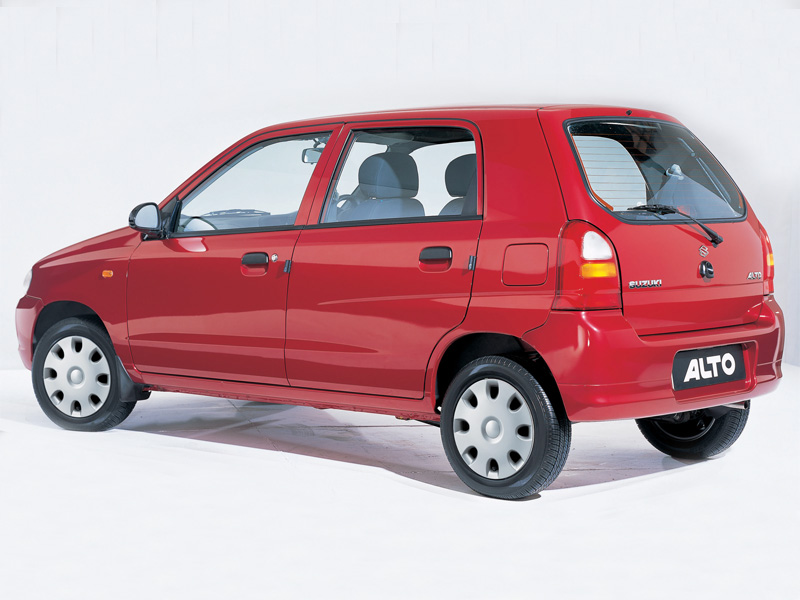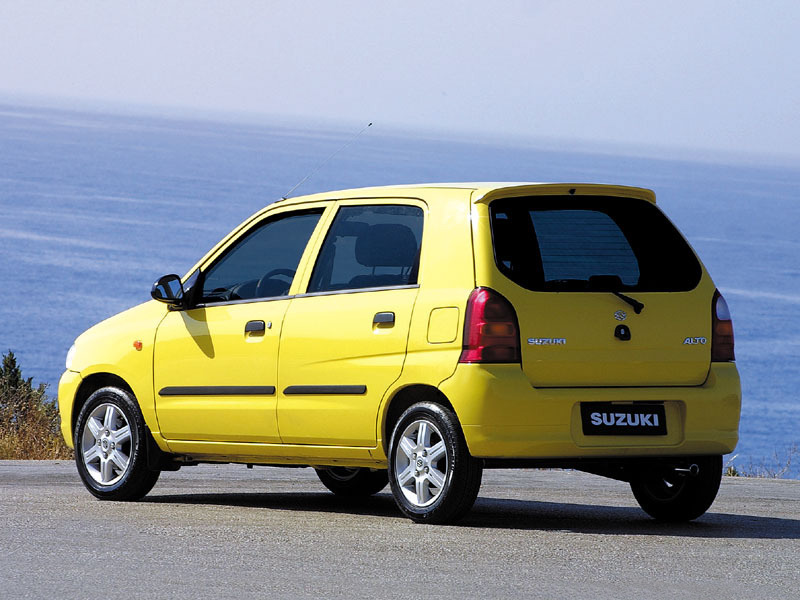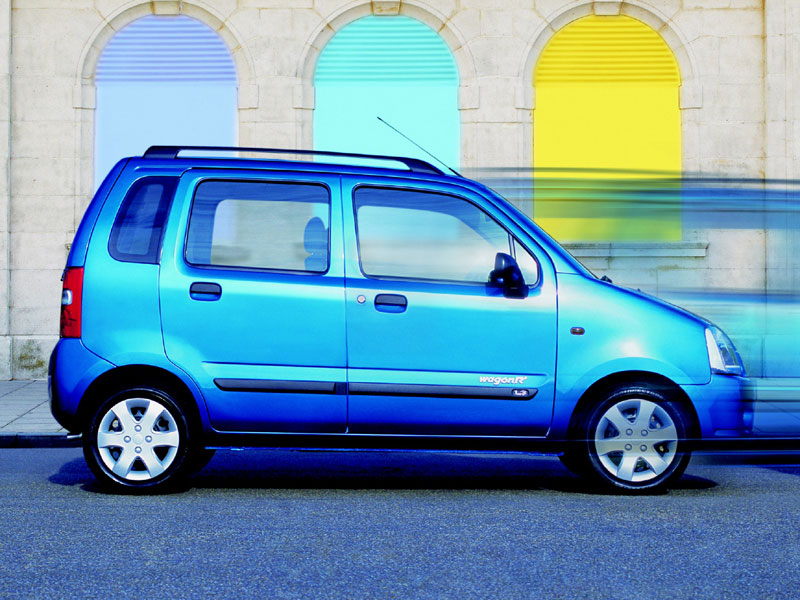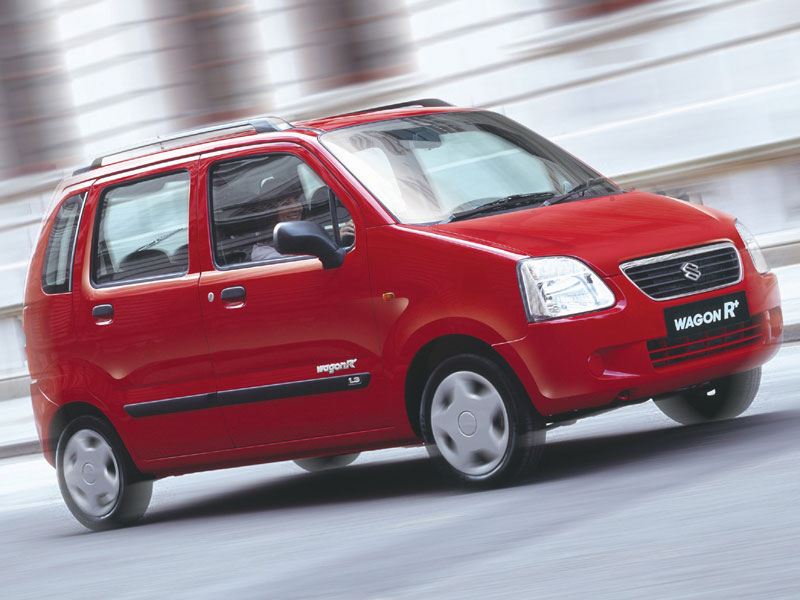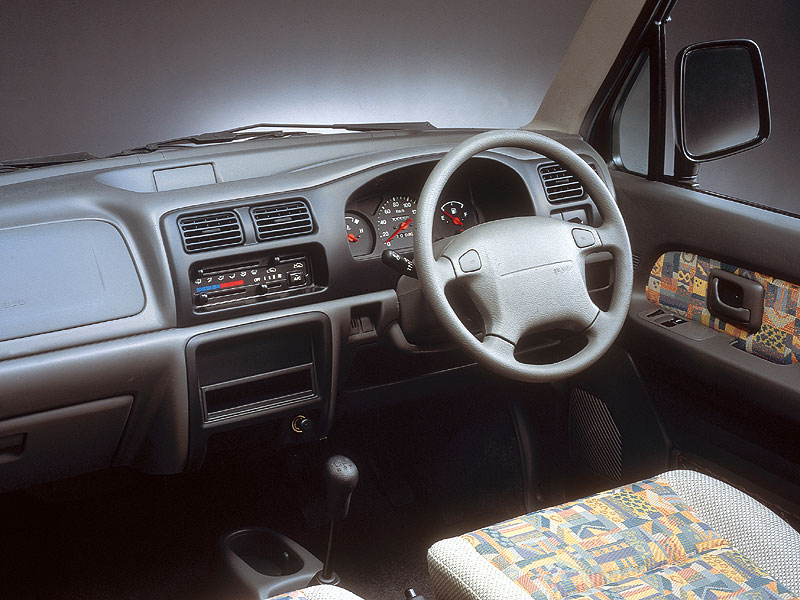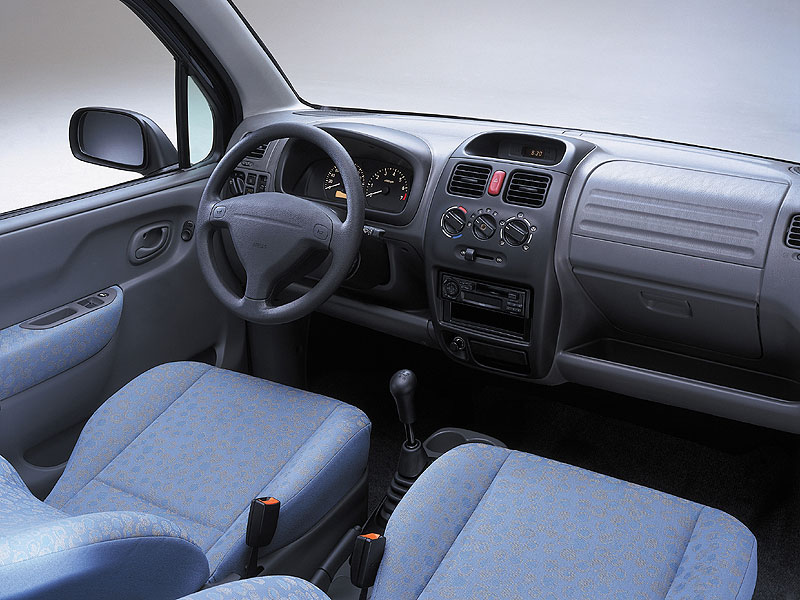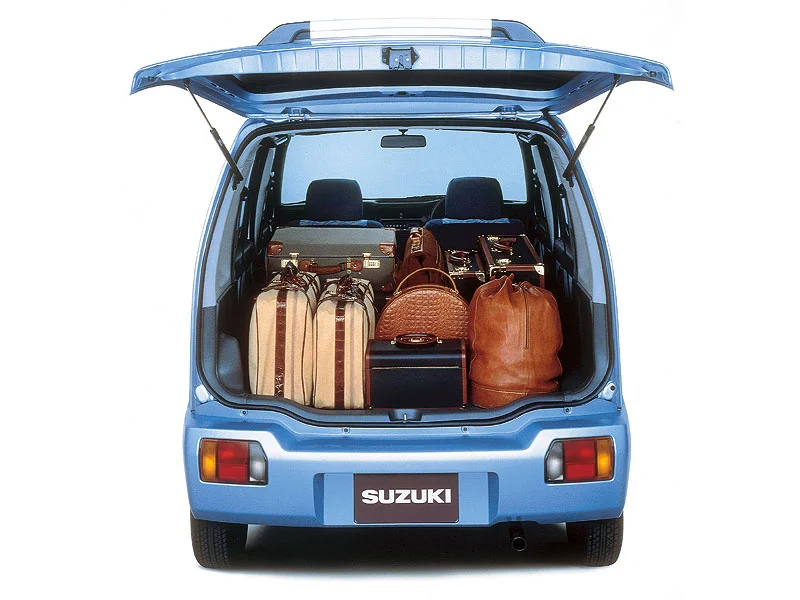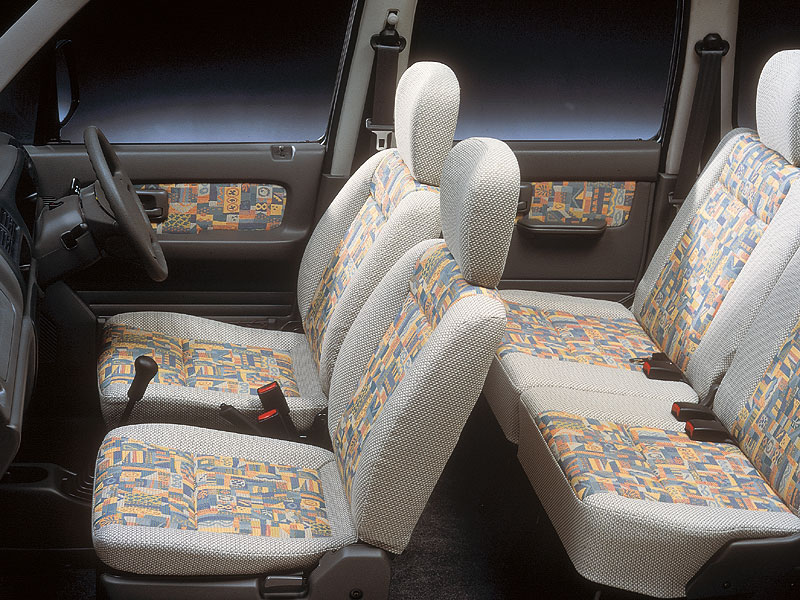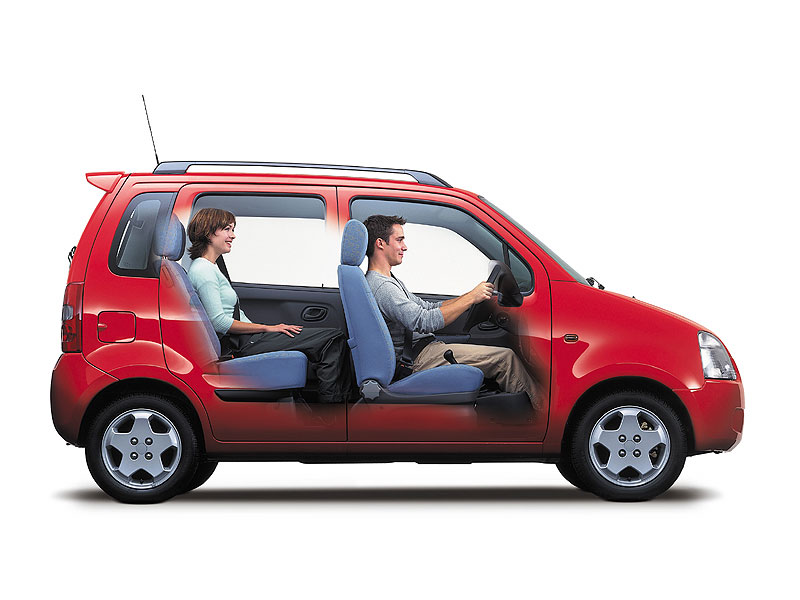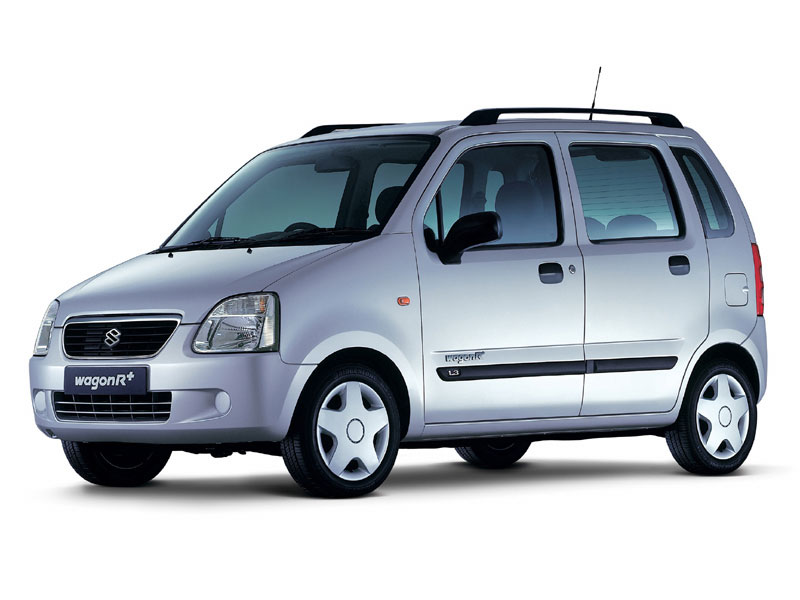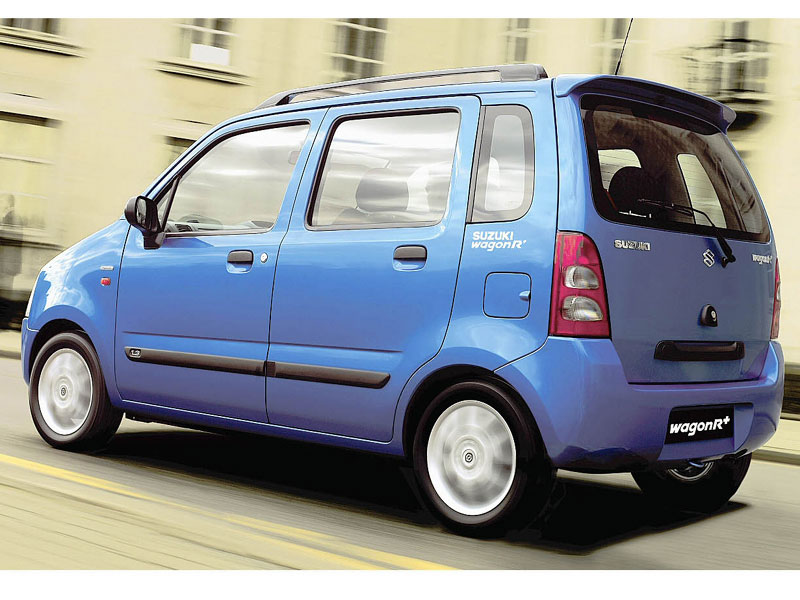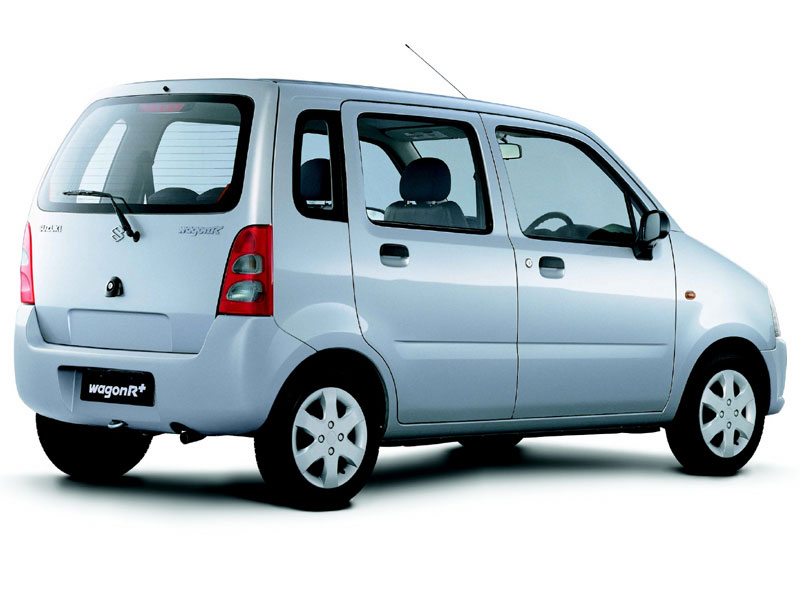
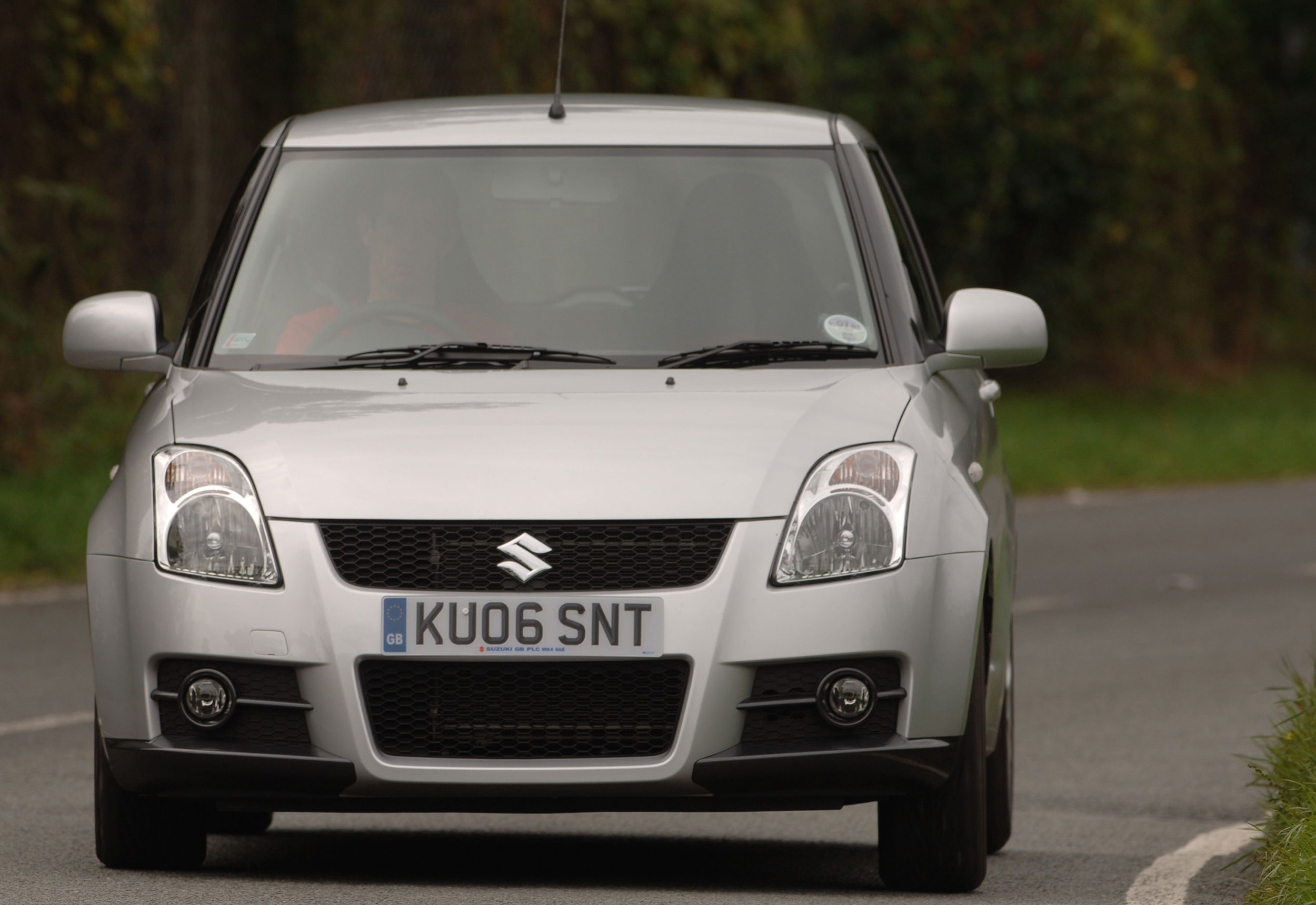
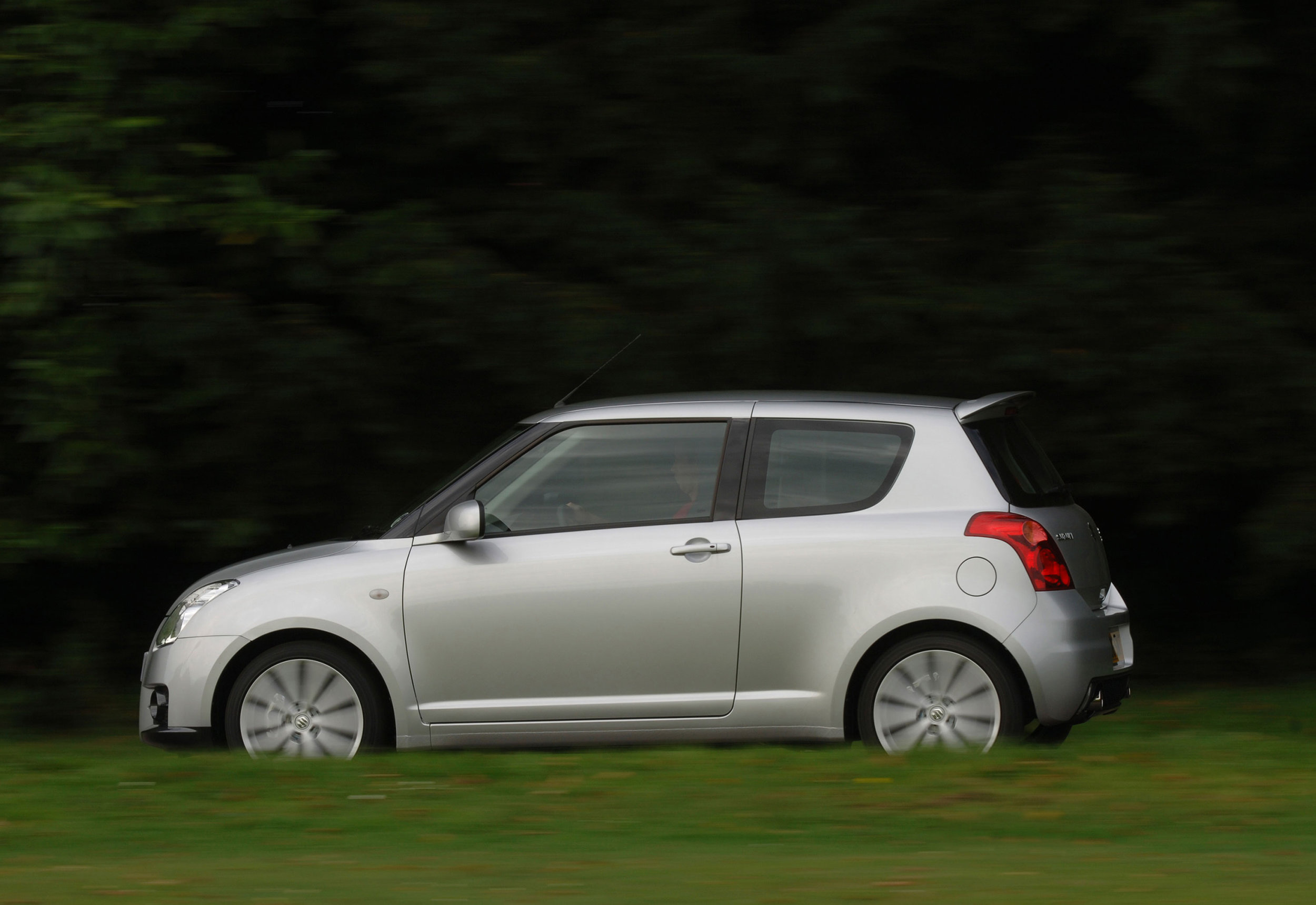
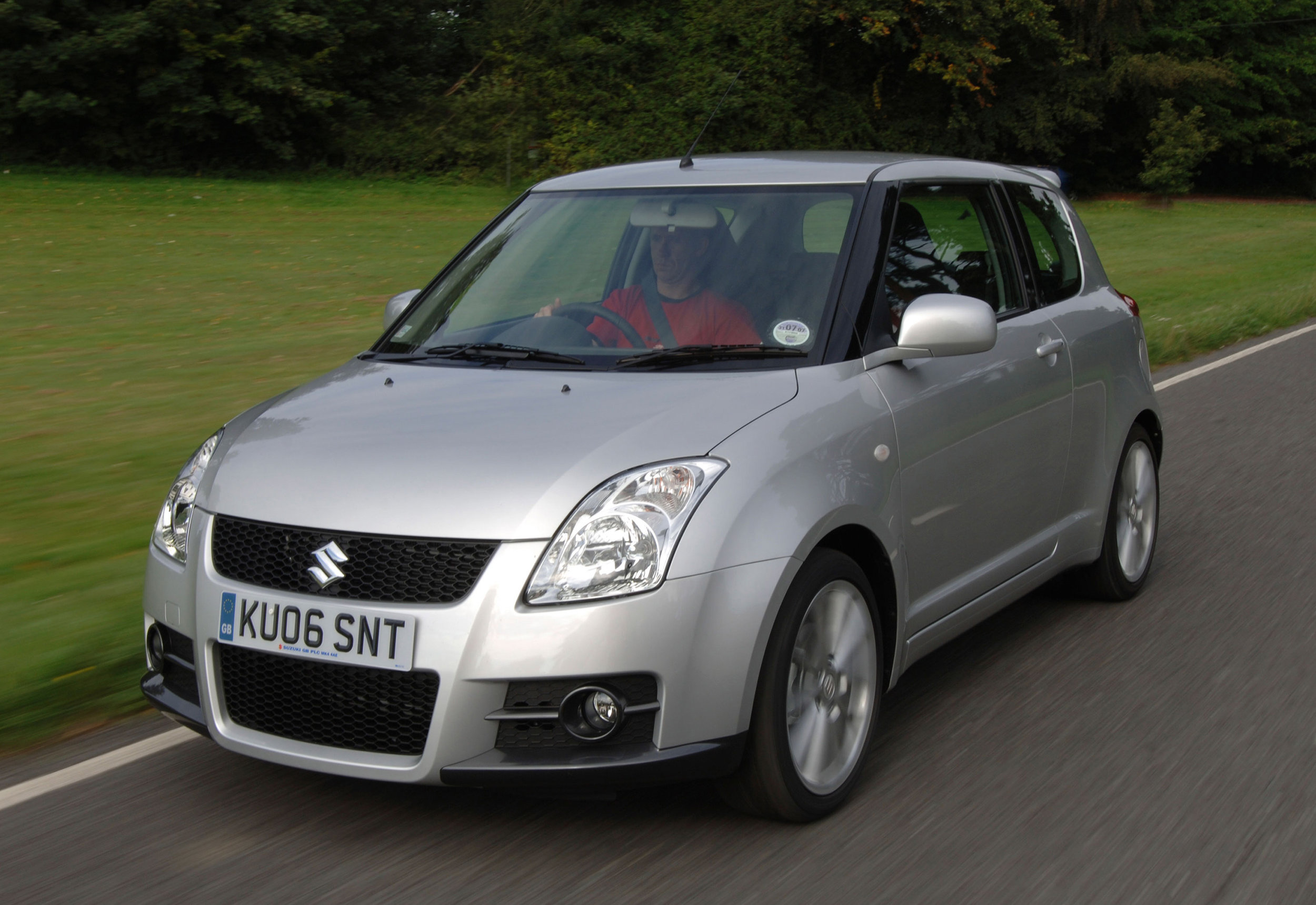
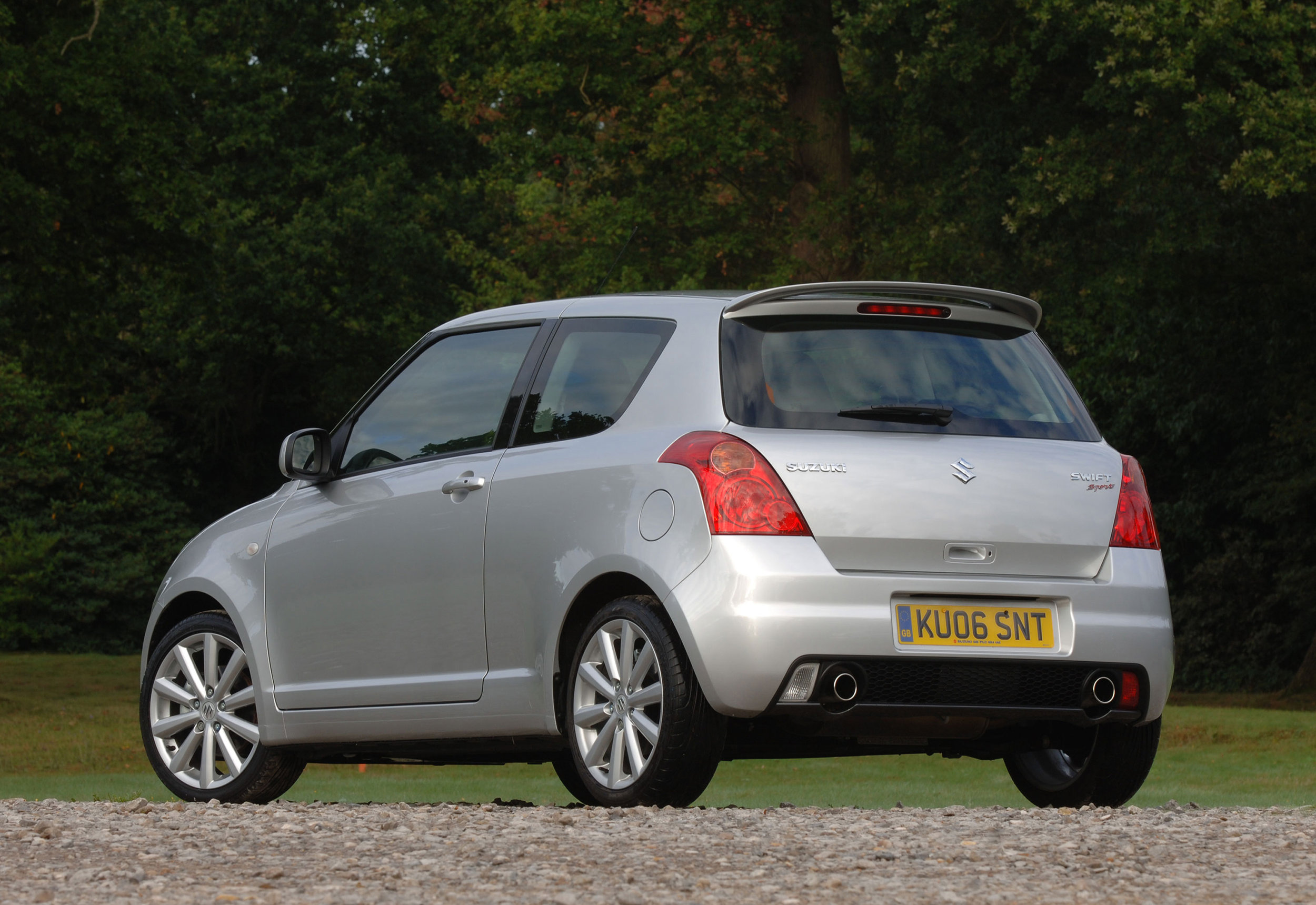
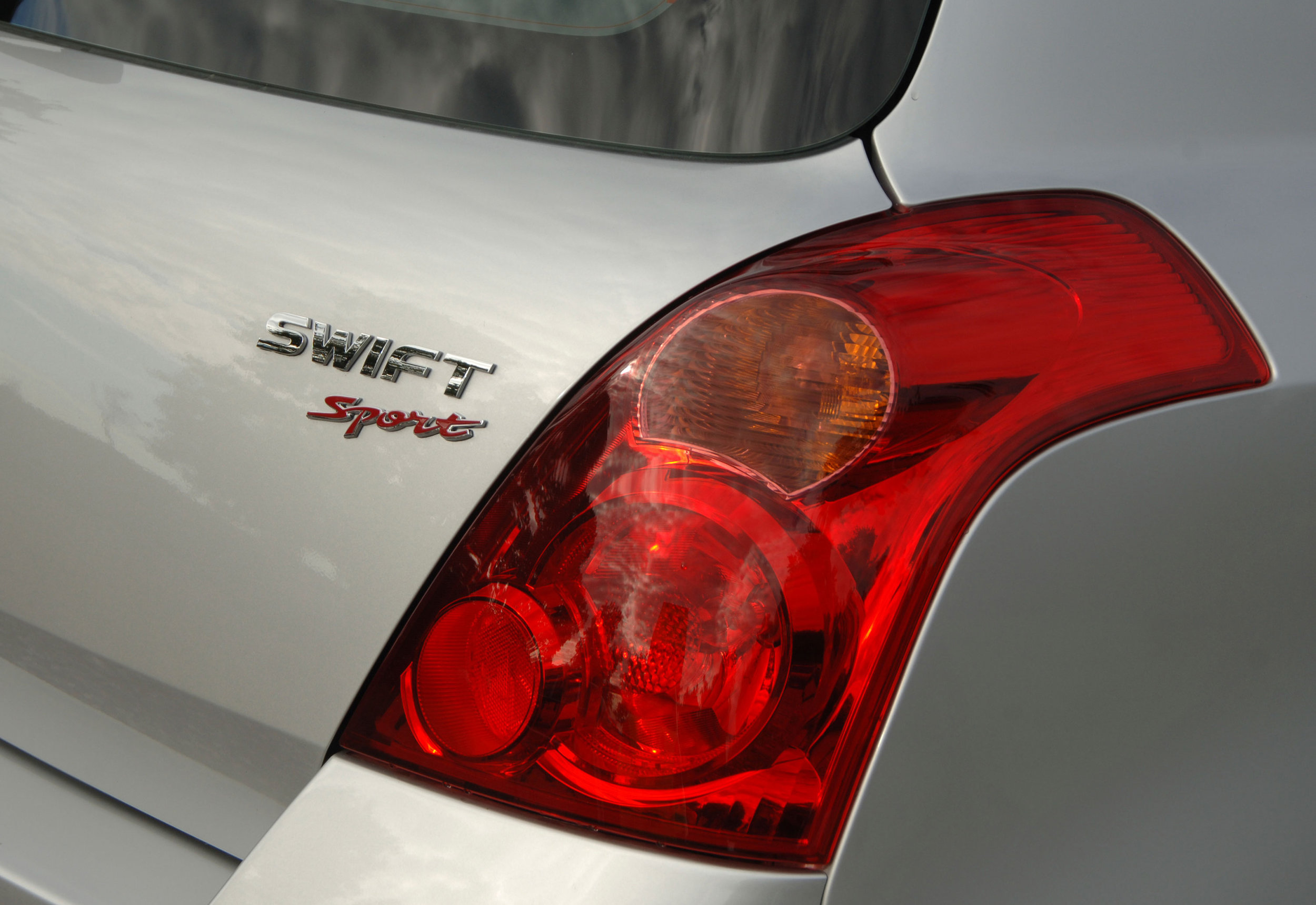
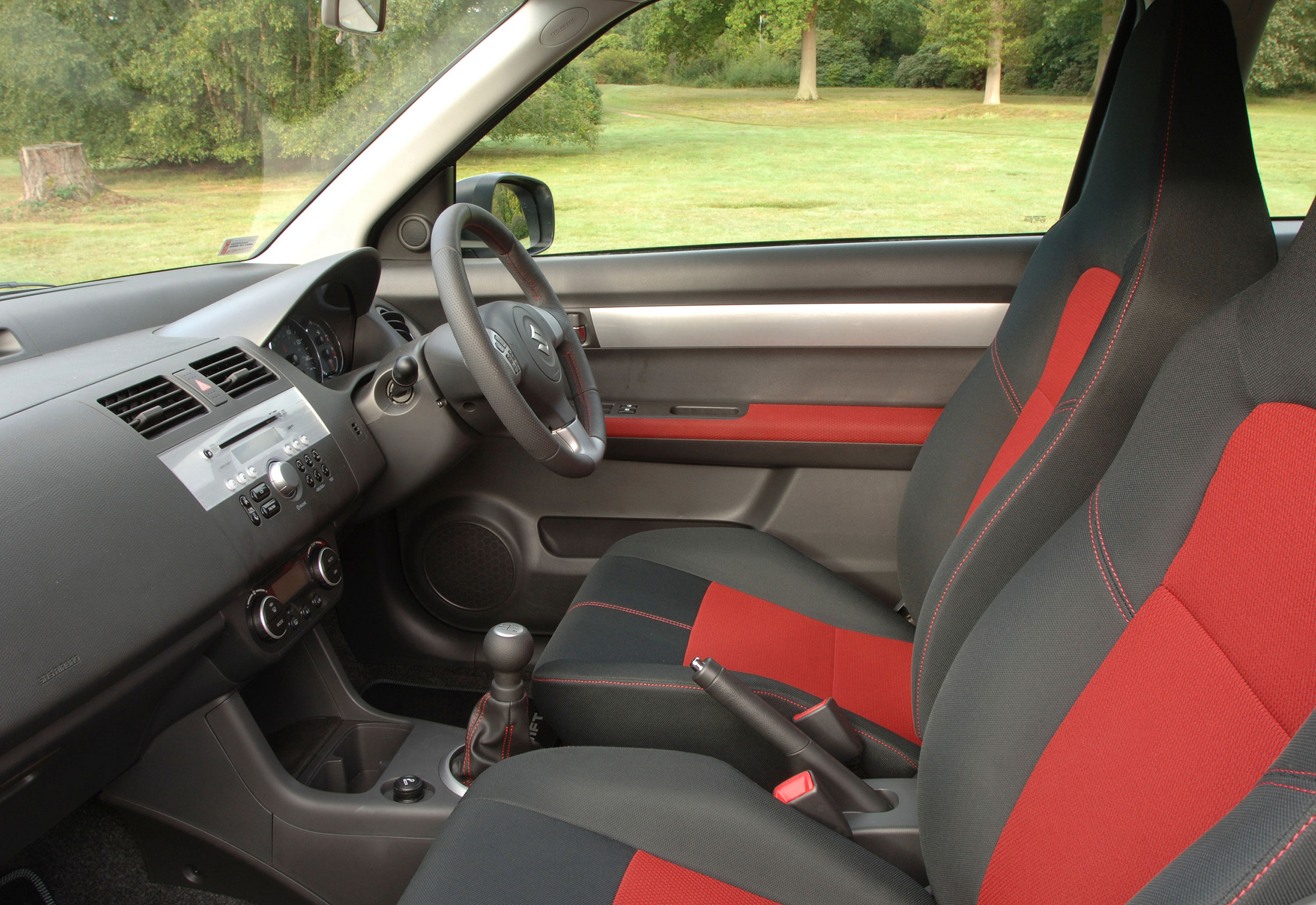
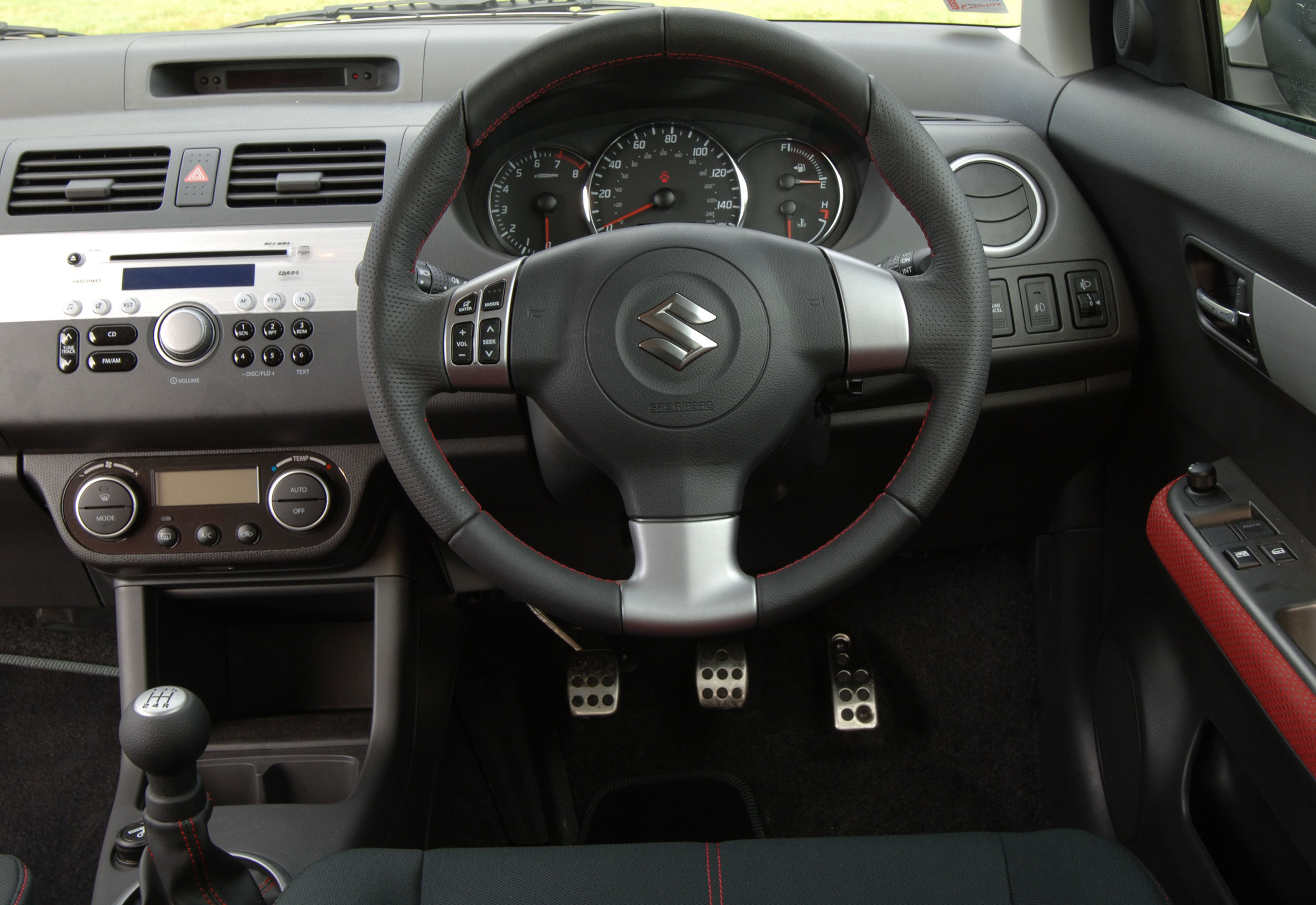
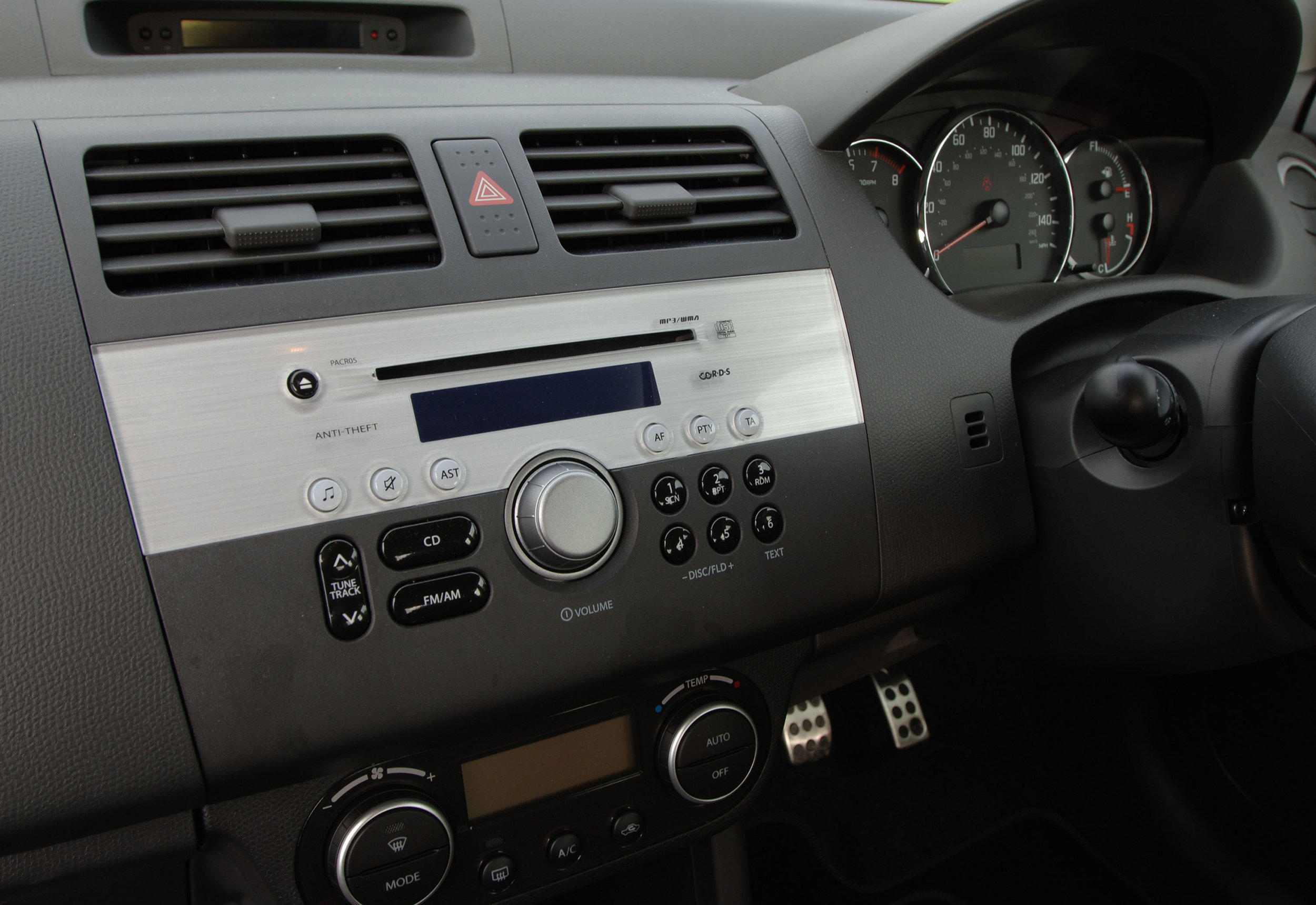
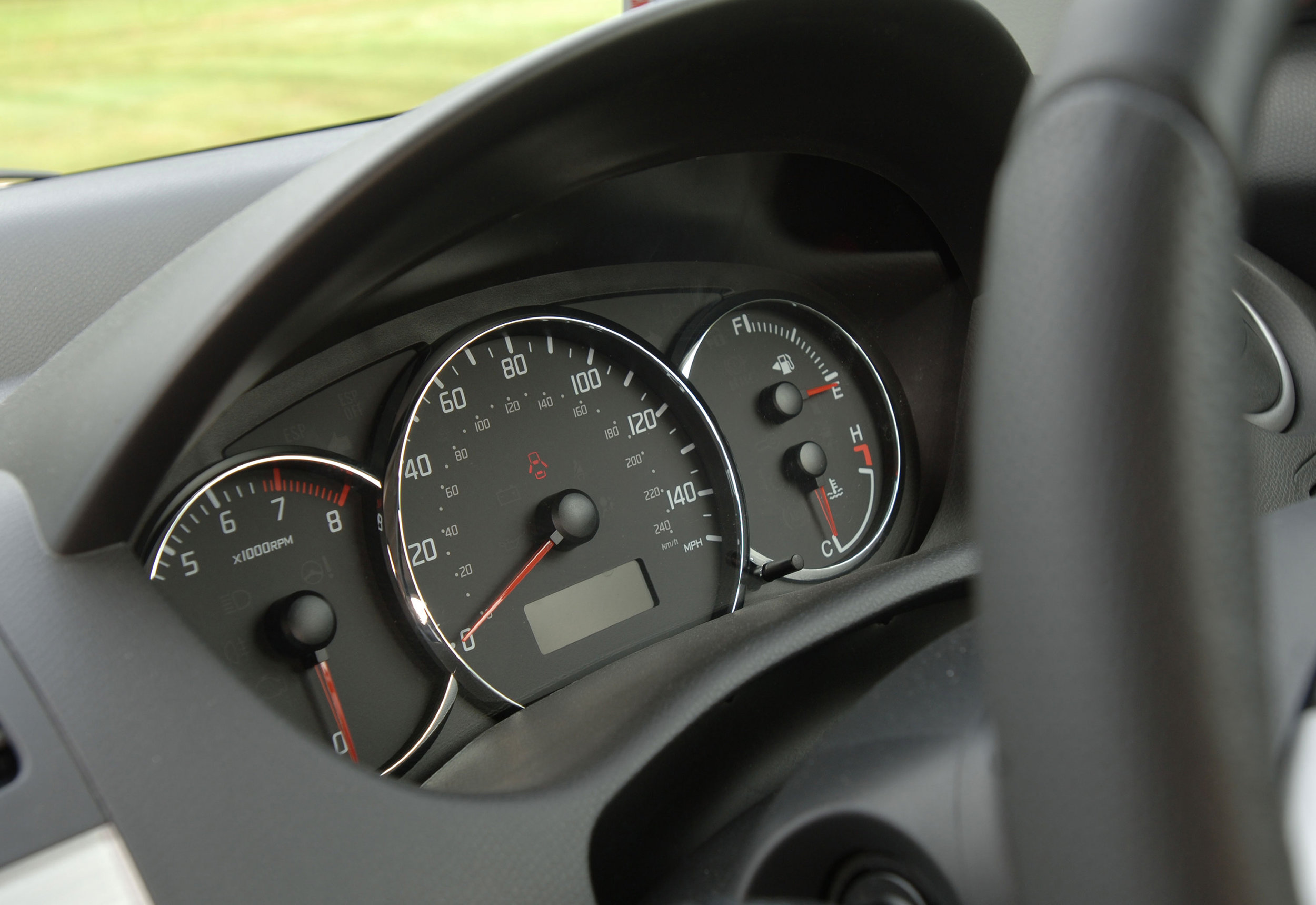


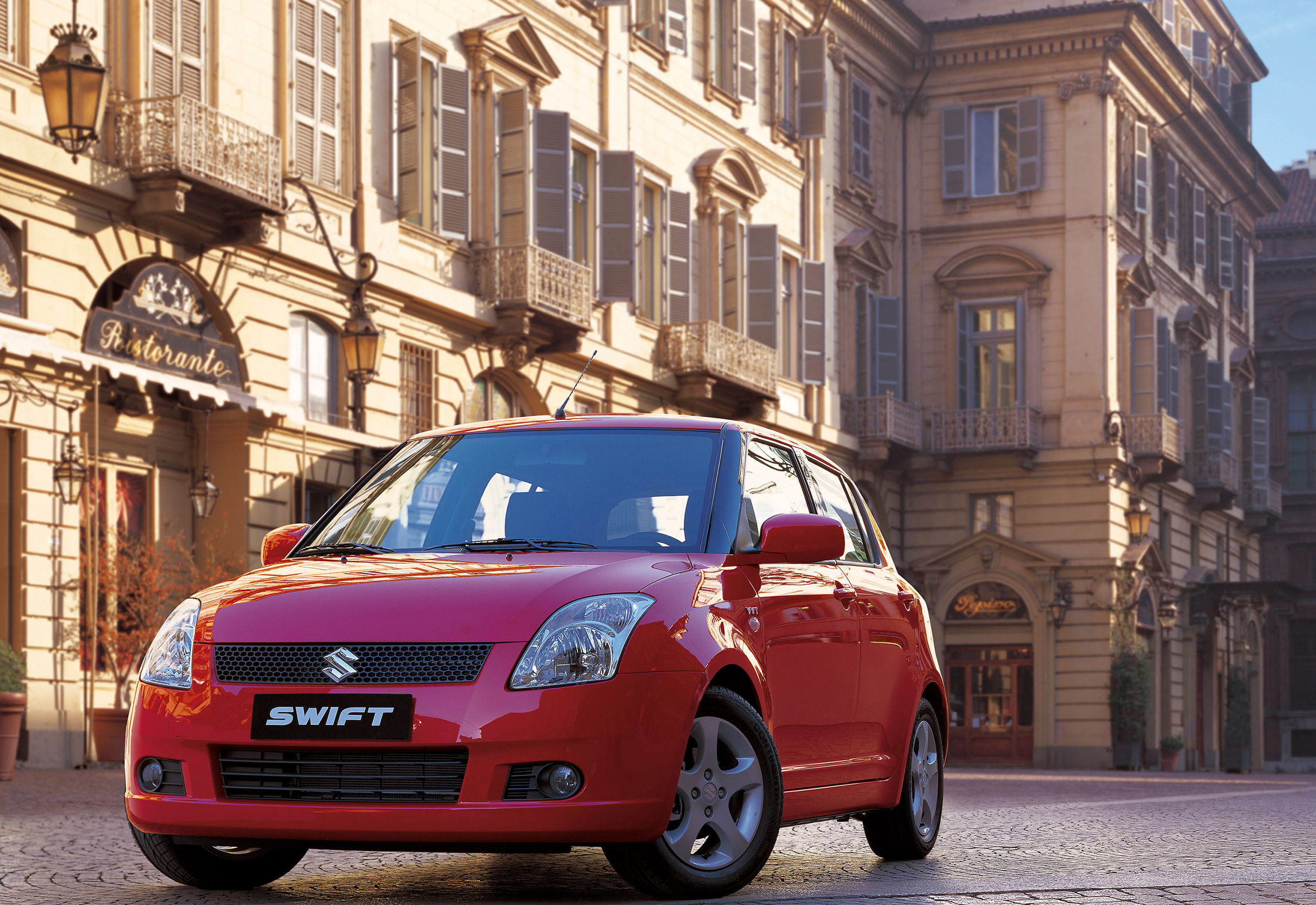
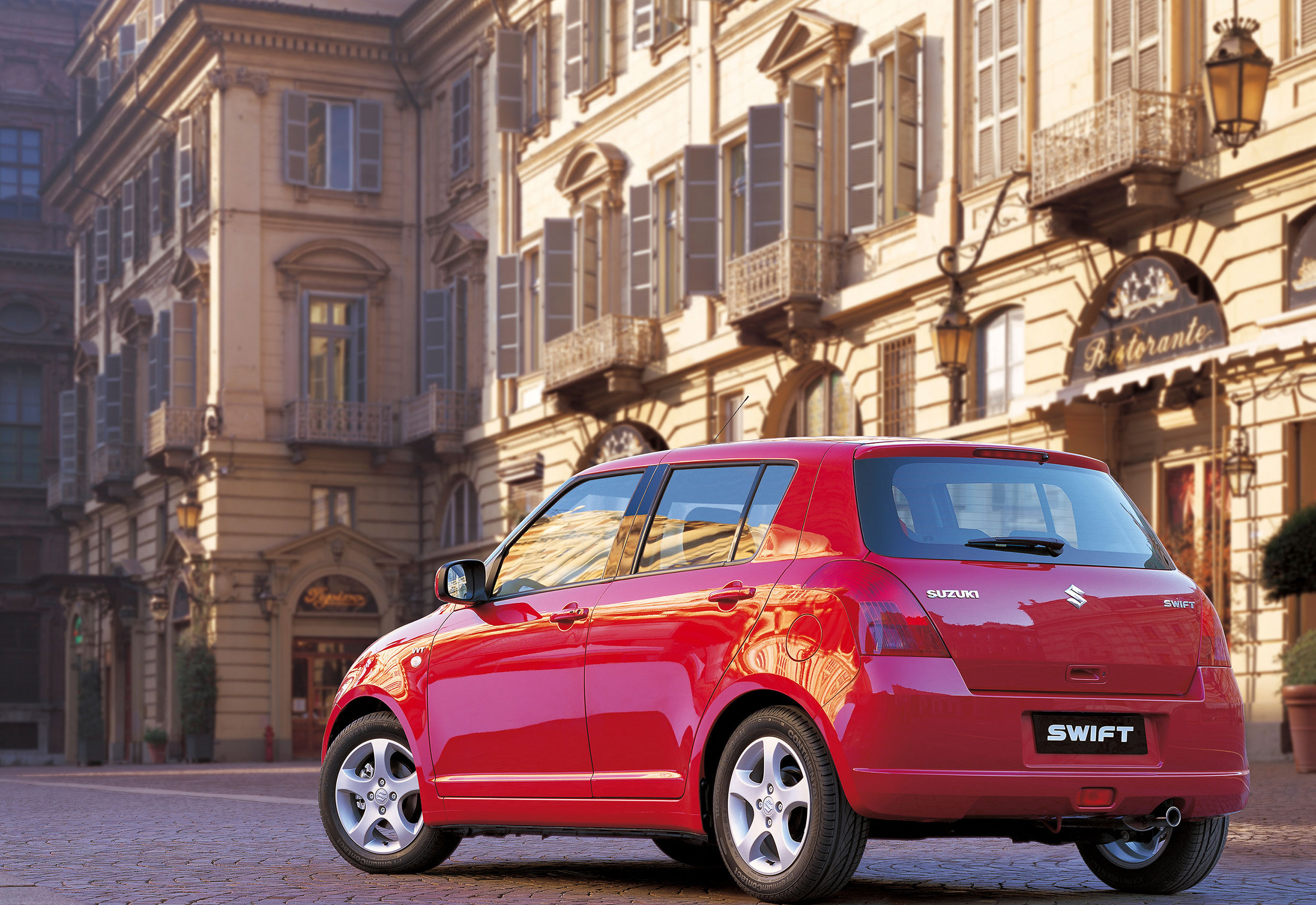
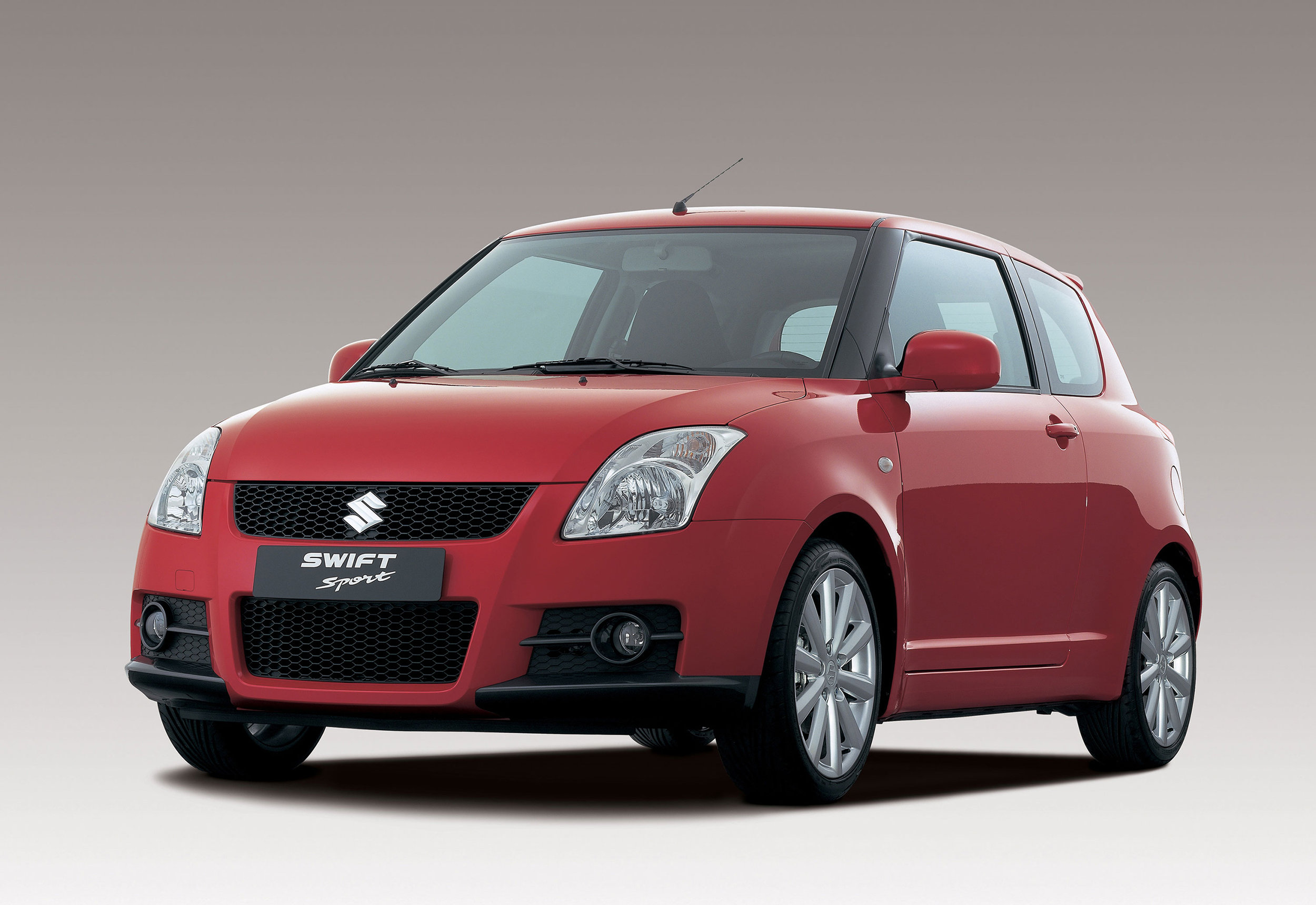
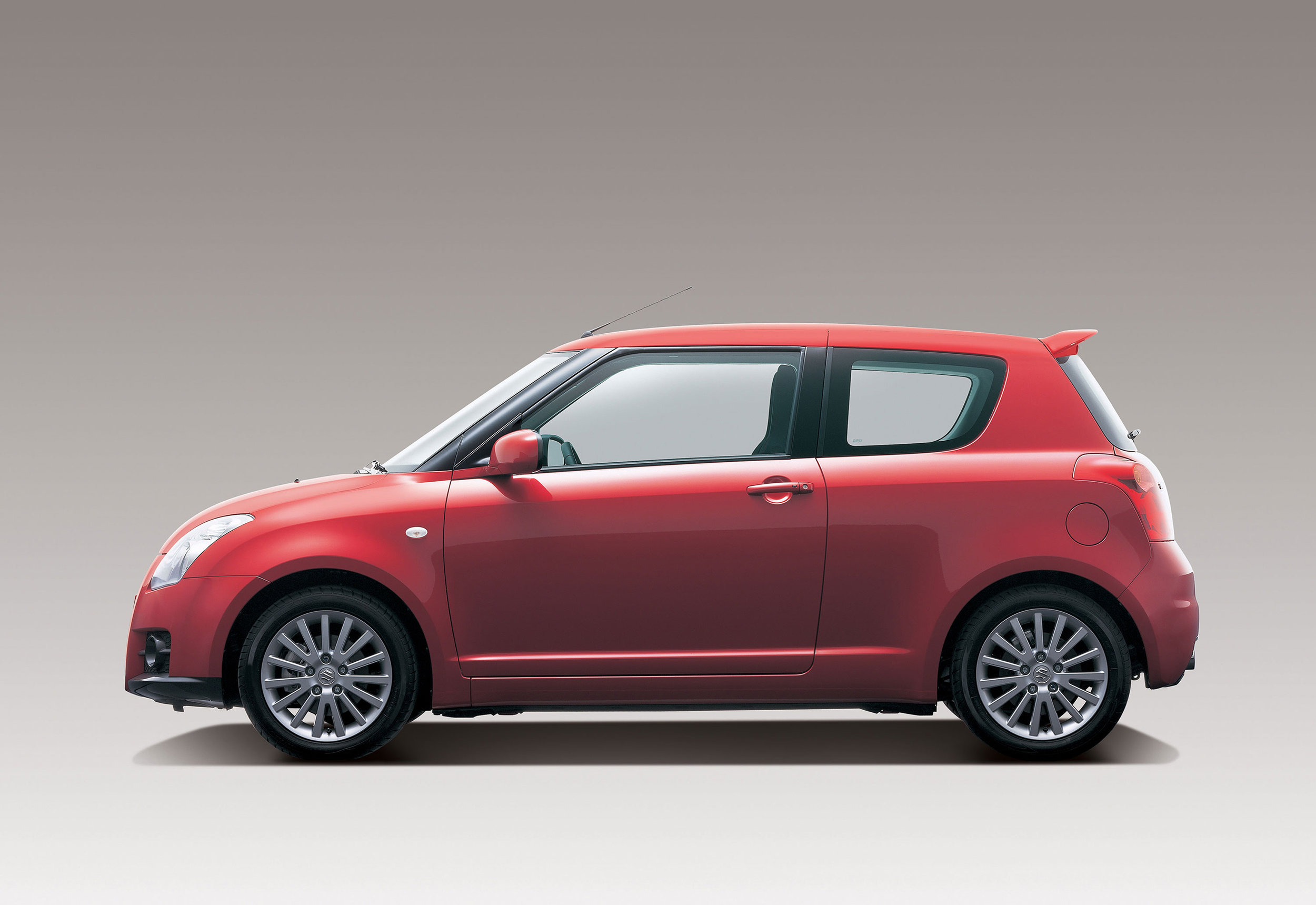
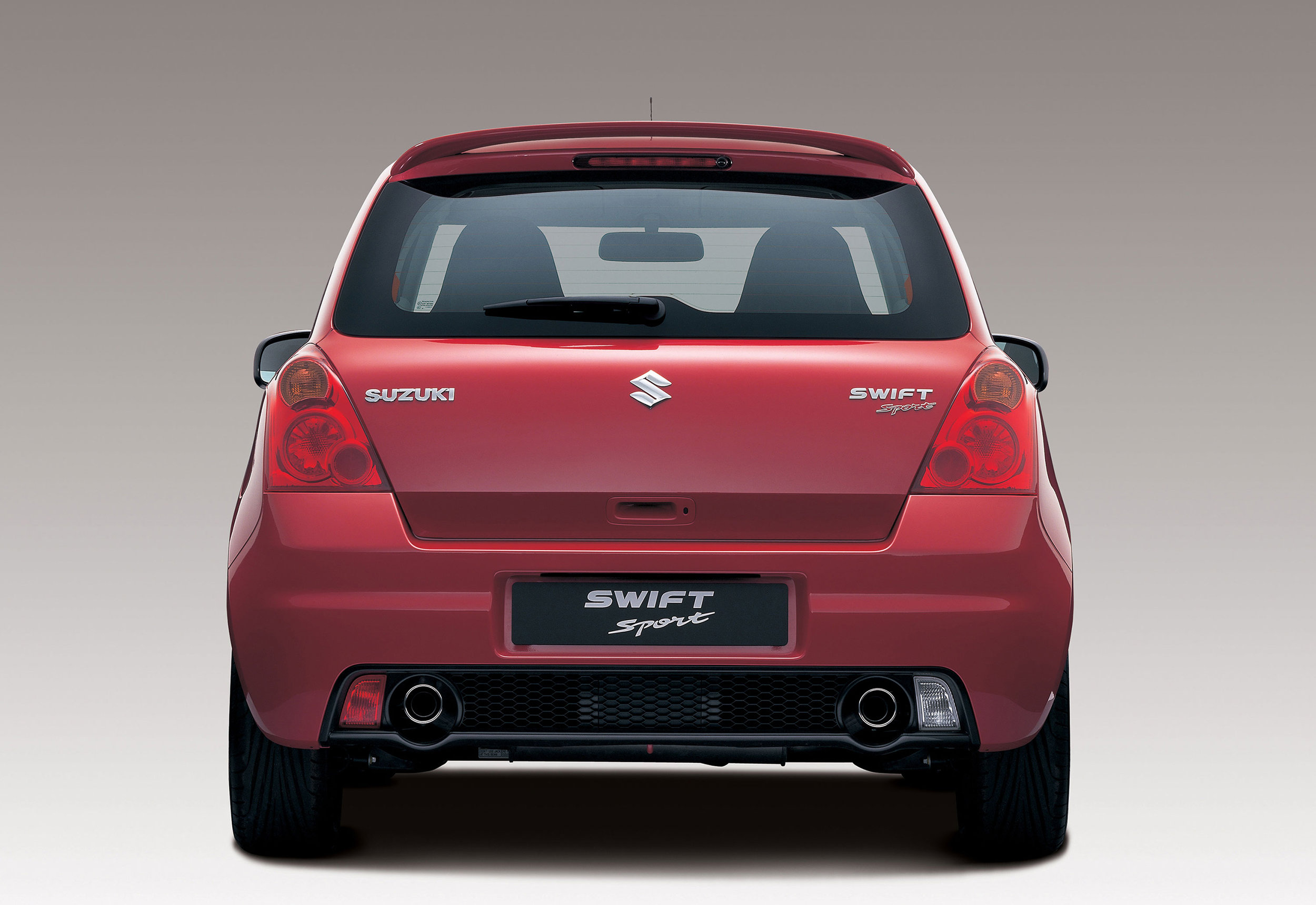
When the Suzuki Swift arrived in the mid-1980s, it failed to make much of an impact. But when the fifth-generation Swift was unveiled in 2005, Suzuki had really nailed it. Now, this left-field supermini is a used car bargain. Suzuki may not have got carried away with the choice of engine and trim options, but that doesn’t stop the Swift from being an enticing used buy thanks to the value, style and performance on offer. There are plenty of low-mileage cherished examples out there as the Swift is a popular private buy. With zesty handling and decent economy there’s plenty of fun to be had – at keen prices.
Key dates
4/05: The fifth-generation Swift hatchback debuts, with 1.3 or 1.5-litre petrol engines and three- or five-door bodystyles. There’s an automatic gearbox option, but only with the 1.5-litre engine.
1/06: A turbodiesel (badged 1.3 DDiS) appears, with a Fiat-sourced 1.3-litre engine; it comes in five-door guise only.
9/06: A new flagship model joins the range; the 125bhp 1.6-litre Swift Sport, which comes solely in three-door form.
1/10: The GL and GLX trims are replaced by SZ2, SZ3 and SZ4.
Checklist
- Go up and down through the gearbox several times, as a notchy gearchange is common.
- There’s no reach adjustment for the steering wheel, so the ideal driving position can be hard to find.
- The Sport’s suspension is very firm; if you’re considering one of these, give it an extended test drive.
- Dampers can be weak, so sharply push the car down at each corner and see if it quickly settles. If it doesn’t, the shock absorbers need replacing, in pairs.
- All sorts of squeaks, creaks and rattles can emanate from the cabin. Many come from behind the dash, which means they need major surgery to fix.
- Watch for uneven tyre wear, as the wheel alignment is usually thrown out if the car has been jacked up by its suspension at the rear.
- Listen out for a noisy gearbox on high-mileage cars, as the bearings can fail. Once this happens, an expensive gearbox rebuild is the only solution.
We like
- Sharp looks
- Keen prices
- Economical engines
- Reliability
- Sharp handling
We don’t like
- Low-rent cabin
- Limited engine/trim line-up
- Unrefined
- Firm ride
- Small boot
Richard Dredge

